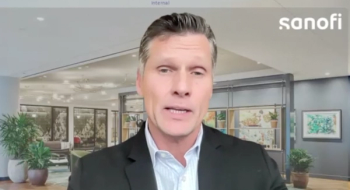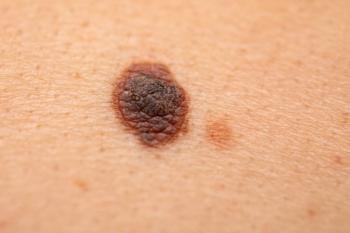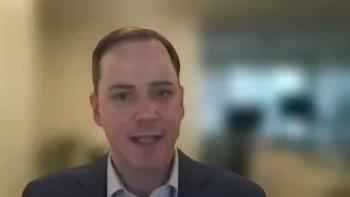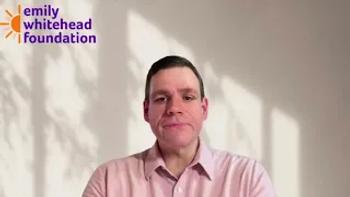
New therapies show promise in treating diabetes
New updates in insulin products, as well as non-pharma therapies are on the horizon for diabetes.
Diabetes medications were the most expensive traditional therapy drugs in 2016, with an overall trend of 19.4%, according to the latest Express Scripts drug trend report. This positive trend is reflective of increases in both utilization and cost.
Here’s how pipeline developments could change the landscape.
Pipeline treatments
Peterson
“While I do not see any game-changing medications within the diabetes class that will reach the market within the next several years, there are a few updates that we are watching,” says Chris Peterson, director in the emerging therapeutics department at Express Scripts.
He points to the continued growth of the sodium-dependent glucose cotransporter-2 (SGLT-2) inhibitor class-sparked by the positive cardiovascular outcomes from empagliflozin (Jardiance,
The glucagon-like peptide-1 (GLP-1) analog class is also expected to grow, says Peterson. This is driven by cardiovascular outcomes data with liraglutide (Victoza,
Semaglutide is a GLP-1 agonist in development for glycemic control in patients with type 2 diabetes. It is being developed as both subcutaneous formulation from
“As oral drugs are easier to administer and less invasive than injectable drugs, oral semaglutide may offer these advantages over other GLP-1 agonists,” says Wong. “Furthermore, type 2 diabetics will have another oral therapeutic option in a class of drugs that thus far were only injectable drugs.”
Exenatide osmotic mini-pump (ITCA 650,
New insulin products are also expected to receive approval soon, including insulin tregopil (
“Currently, insulins are either injected or inhaled,” says Wong. “If an oral insulin product is available, the ease of administration may drive some of the market share to shift from injectable/inhaled insulins to the oral product.”
Insulin glargine injection (Basaglar,
Non-pharmacologic treatments
White
Continued development of non-pharmacologic treatments is expected. Three key areas to watch, according to Kim White, vice president, Numerof & Associates, Inc., include:
· Artificial pancreas technology,
· Islet cell transplantation, and
· Medical management technology.
Artificial pancreas technology continuously monitors blood glucose levels and adjusts insulin doses automatically. According to White, an artificial pancreas device from
Islet cell transplantation is being studied for type 1 diabetes, says White. According to the American Diabetes Association, islets are clusters of cells in the pancreas that make insulin. Islet cell transplantation is a procedure in which islets from the pancreas of a deceased organ donor are purified, processed, and transferred to another person.
“Although first identified as a way to treat people with type 1 diabetes in the 1960s, islet cell transplantation has been difficult to develop as a viable treatment for type 1 diabetes, which is due largely to the challenges of collecting enough islet cells to transplant and preventing transplant rejection,” says White. “However, last year an NIH [National Institutes of Health]-funded
Mobile technology has been a growing area of interest for diabetes management, says White. Although many blood glucose monitor manufacturers already have web-based programs and apps available to support diabetes management, there is ongoing research by numerous companies to better connect physicians and patients to patients’ blood glucose levels and other measurements like blood pressure.
Business implications
Peterson says these new products will add more competitors to the already existing therapy classes, helping to mitigate the increasing trend within the diabetes class.
He explains that the trend in the diabetes therapy class is just one example of why it is critical for payers to manage their benefit. Express Scripts has developed several initiatives to address the affordability and accessibility of diabetes treatments including a new partnership with
Express Scripts also recently launched a diabetes remote monitoring solution to improve outcomes and address the 42.8% of people with diabetes who are nonadherent to therapy. By using a connected glucose meter and ongoing monitoring from their Diabetes Therapeutic Resource Center, patients learn how to control their blood sugar levels, according to Express Scripts.
“The challenge facing managed healthcare executives is striking the right balance between providing the necessary support to prevent, treat and manage the disease with ensuring the patient is compliant and adheres to physician guidance,” says White. “The current developments [in the pipeline] have the potential to dramatically improve patient outcomes by minimizing individual errors caused by missed or inappropriate medication dosing and developing accountability loops with providers.”
Erin Bastick, PharmD, RPh, is a staff pharmacist at Southwest General Health Center in Middleburg Heights, Ohio.
Newsletter
Get the latest industry news, event updates, and more from Managed healthcare Executive.




















































